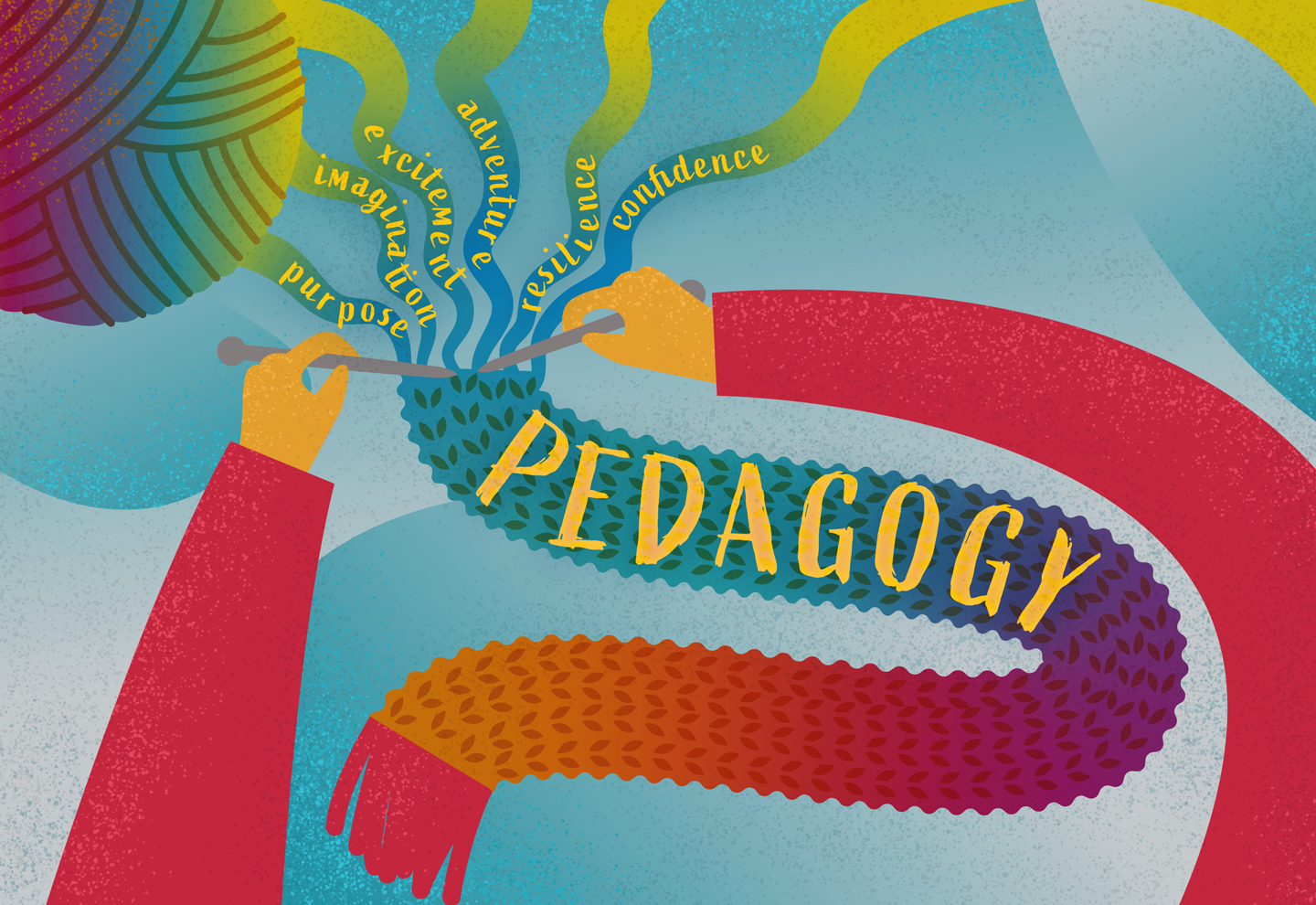Introduction to Learning Theories
Learning theories provide frameworks for understanding how learning occurs and how it can be facilitated effectively. They encompass a range of perspectives and approaches that examine the cognitive, behavioral, social, and constructivist processes involved in acquiring knowledge, skills, and attitudes. By exploring learning theories, educators can gain insights into the underlying mechanisms of learning, identify effective instructional strategies, and enhance teaching practices to promote meaningful and transformative learning experiences for students.
Understanding the Key Learning Theories
Behaviorism
Behaviorism focuses on observable behaviors and external stimuli as the primary drivers of learning. According to behaviorist theory, learning occurs through reinforcement, conditioning, and repetition of stimulus-response associations. Educators use strategies such as positive reinforcement, shaping, and modeling to promote desired behaviors and outcomes, shaping student behavior through rewards and consequences.
Cognitivism
Cognitivism emphasizes the role of internal mental processes such as perception, memory, and problem-solving in learning. According to cognitive theory, learning involves the active construction of knowledge through cognitive processes such as attention, encoding, storage, and retrieval. Educators use strategies such as scaffolding, mnemonics, and problem-solving activities to facilitate meaningful learning experiences and promote deeper understanding and retention of content.
Constructivism
Constructivism posits that learning is an active, social, and collaborative process of constructing meaning and understanding through interaction with the environment and others. According to constructivist theory, learners actively engage in sense-making, knowledge construction, and reflection as they interact with new information and experiences. Educators use strategies such as inquiry-based learning, project-based learning, and collaborative activities to promote student engagement, critical thinking, and knowledge construction.
Connectivism
Connectivism is a learning theory that emphasizes the importance of networks, connections, and digital technologies in facilitating learning in the digital age. According to connectivist theory, learning occurs through the process of connecting to and navigating information networks, leveraging digital tools and resources to access, analyze, and share knowledge collaboratively. Educators use strategies such as networked learning, online communities, and social media to foster digital literacy, collaboration, and lifelong learning skills in students.
Applying Learning Theories in Practice
Integrating Multiple Perspectives
Integrating multiple learning theories allows educators to draw on a variety of perspectives and approaches to meet the diverse needs and preferences of learners. By combining elements of behaviorism, cognitivism, constructivism, and connectivism, educators can create rich and dynamic learning experiences that cater to different learning styles, preferences, and contexts, promoting engagement, motivation, and achievement in students.
Tailoring Instruction to Learner Needs
Tailoring instruction to learner needs involves adapting teaching strategies, materials, and activities to meet the individual needs, interests, and abilities of students. Educators use diagnostic assessments, formative feedback, and differentiated instruction to identify student strengths and challenges, provide targeted support, and scaffold learning experiences that promote success and growth for all learners.
Promoting Active Engagement and Reflection
Promoting active engagement and reflection encourages students to take an active role in their learning process and reflect on their learning experiences. Educators use strategies such as active learning, collaborative projects, and metacognitive activities to engage students in meaningful learning tasks, promote critical thinking and problem-solving skills, and foster self-awareness and self-regulation in students.
Conclusion
In conclusion, learning theories provide valuable frameworks for understanding how learning occurs and how it can be facilitated effectively. By exploring perspectives such as behaviorism, cognitivism, constructivism, and connectivism, educators can gain insights into the underlying mechanisms of learning, identify effective instructional strategies, and enhance teaching practices to promote meaningful and transformative learning experiences for students. By integrating multiple perspectives, tailoring instruction to learner needs, and promoting active engagement and reflection, educators can create dynamic and inclusive learning environments that empower students to succeed academically and beyond.





